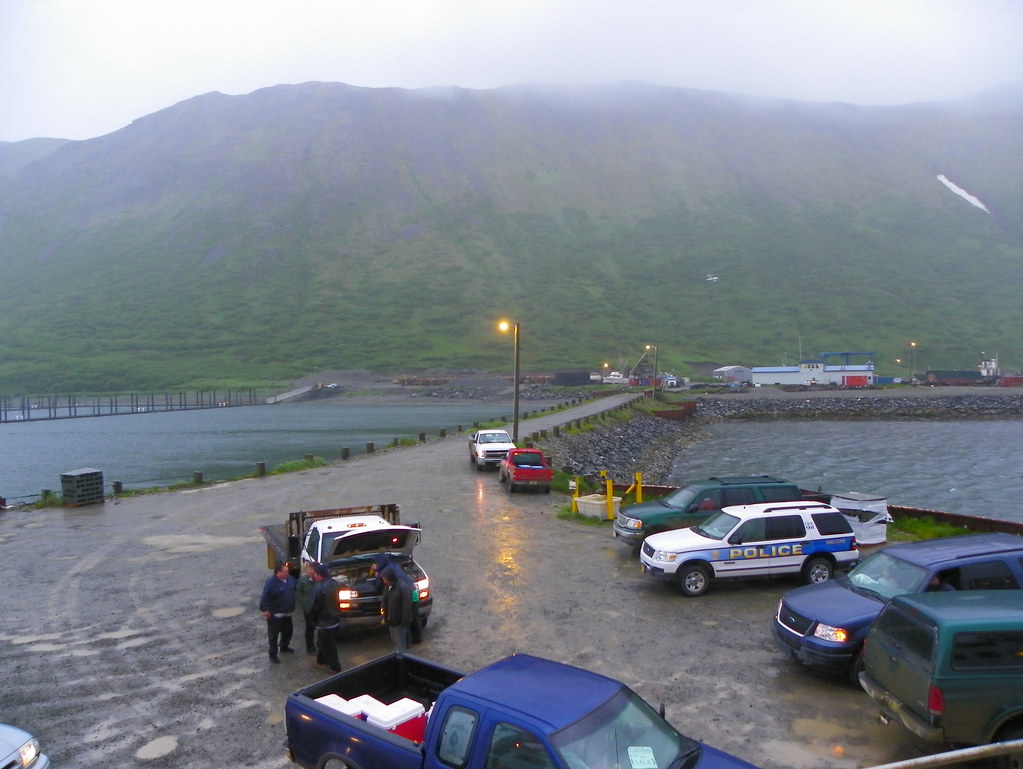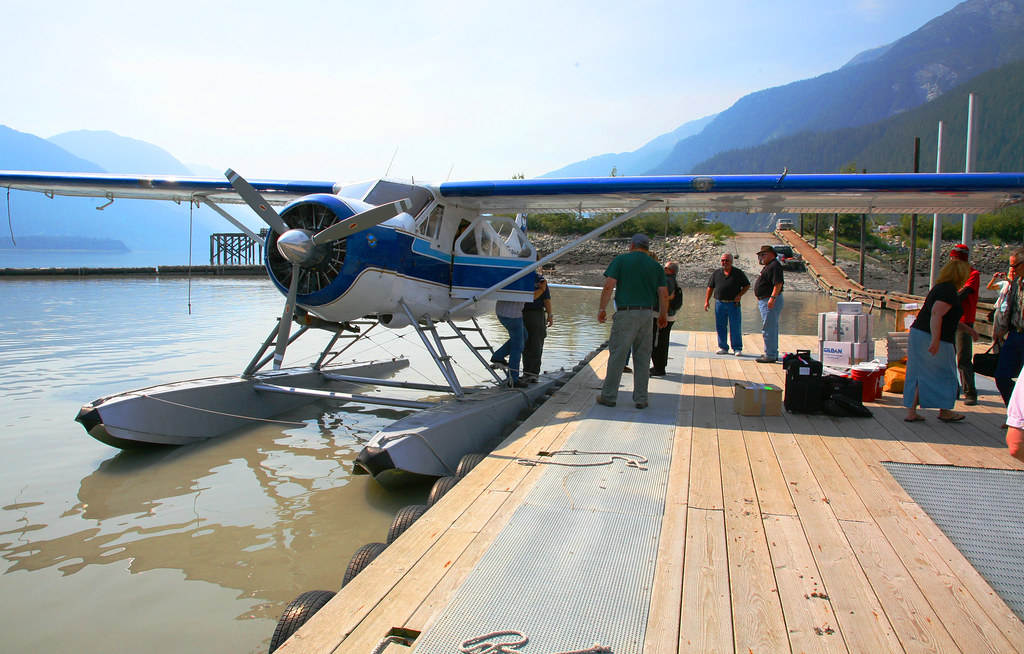Thank goodness for random search queries that land on Twelve Mile Circle. This time our unknown visitor wanted to find Alaska’s southernmost mainland airport. I don’t know why they wanted to learn that and it didn’t really matter. It became an intellectual exercise, and considerably more complicated than I expected. I’m not completely confident in my answers although I think I came reasonably close to the right solution after a fairly thorough search through a series of maps.
One needs to start with a premise that aviation in Alaska connects far-flung communities where roads do not exist. Pilots sometimes make their own spur-of-the-moment airfields on any reasonable surface, whether water, land or snow. I needed to winnow the possibilities. Thus I concentrated on recognized commercial, general and public airports included on Wikipedia’s List of Airports in Alaska.
Adak Airport

Adak appeared to be Alaska’s southernmost airport although it failed a vital condition of the query; it occupied an island on the extended Aleutian chain (map). It was so far south that Adak fell on approximately the same latitude as Oxford, England (just a little bit of trivia for 12MC’s UK readers to help them understand the immense stretch of Alaska from north to south).
Adak didn’t provide a complete answer although it offered a clue. Maybe this was a trick question. Most people would naturally consider southeastern Alaska and forget about the western side of the state extending down the 500 mile (800 kilometre) Alaska Peninsula. I should begin by checking there.
King Cove Airport

King Cove was the final town of any significance at the southernmost knob of the extended peninsula just before the Aleutian island chain began. There was also an airport nearby (map). It wasn’t much, in fact it wasn’t even paved. However the state maintained a runway there and made it available for public use. King Cove Airport handled more than a thousand aircraft operations per year. Its latitude equated to about 55.1° North.
A little to the west and only slightly farther north stood a much larger airport at Cold Bay. This one used to be a US Army Air Force installation during the Second World War before its conversion to civilian use. It included two paved runways that handled nearly ten times the number aircraft operations per year than King Cove. Cold Bay registered a latitude of about 55.2° North.
These set the bar at a very promising southern point on mainland Alaska. Would that be far enough south to beat Alaska’s better known panhandle on the eastern side of the state?
Hyder Seaplane Base

Alaska’s Panhandle featured a distinct lack of mainland. Large islands composed most of its square footage. The mainland portion formed a narrow ribbon hemmed-in by the Canadian border to the east and the Inside Passage to the west. Even more confining, mountains practically jutted directly from the sea providing very little elbow room for mainland airports. So communities made due with their geographic limitations and some towns turned to seaplane bases instead.
Hyder was the town farthest down along Southeast Alaska’s mainland. It was a bit of an anomaly anyway, accessible by road only from Canada (as were Haines and Skagway farther up the coast). One could use Hyder Seaplane Base (map), a state-owned general aviation facility if arriving by air. One could also use a paved runway just a few minutes away in adjacent Stewart although that was just across the border in British Columbia, Canada so it didn’t count for this exercise.
Hyder certainly challenged King Cove. It would be close, I thought, as I eyeballed the latitudes. My measurement for Hyder came to 55.9° making it just slightly north of King Cove and Cold Bay. Indeed, I’d encountered a trick question. I believe the southernmost mainland airports in Alaska existed on the western peninsula at King Cove (unpaved) and Cold Bay (paved).
Juneau International Airport

I may have solved the puzzle although I continued with the game. I felt a seaplane base cheated somewhat even if it hadn’t been far enough south to win the contest anyway. There were plenty of formal land-based runways within the panhandle although most of them were built on islands.
The next thing I knew — as I crossed-off possibilities from the list — I was looking at Juneau (map). I’ve flown in-and-out of Juneau a couple of times and it was a large airport with regular jet service. That’s why I was a bit surprised. Certainly it felt like there should have been another paved runway somewhere on the mainland between Juneau and Hyder. Yet, I could not fine one.
That was enough Alaska airport trivia for one day.

Leave a Reply